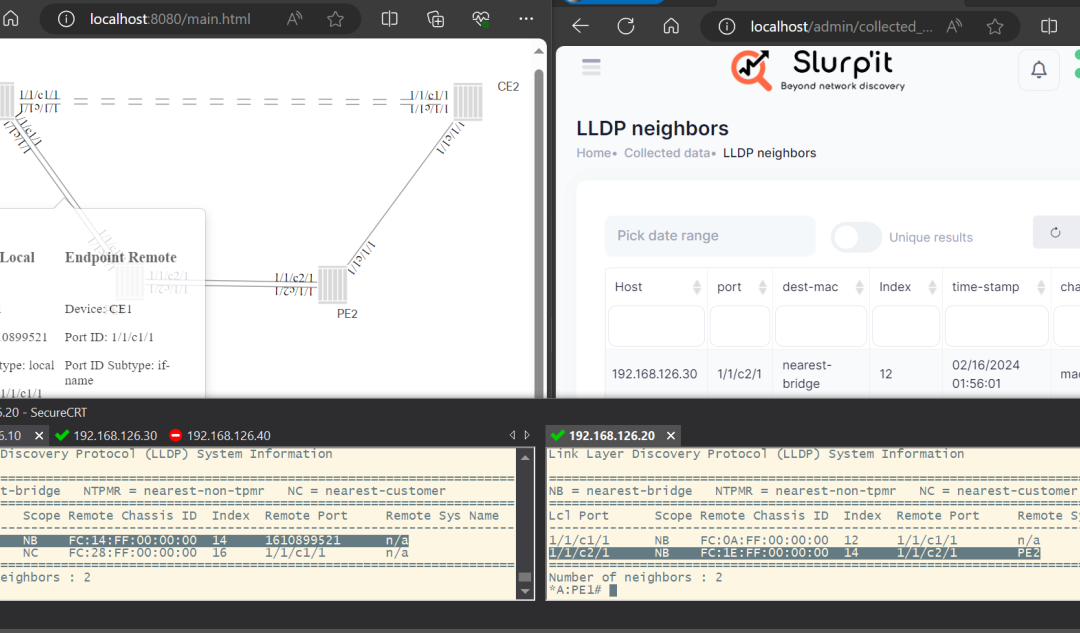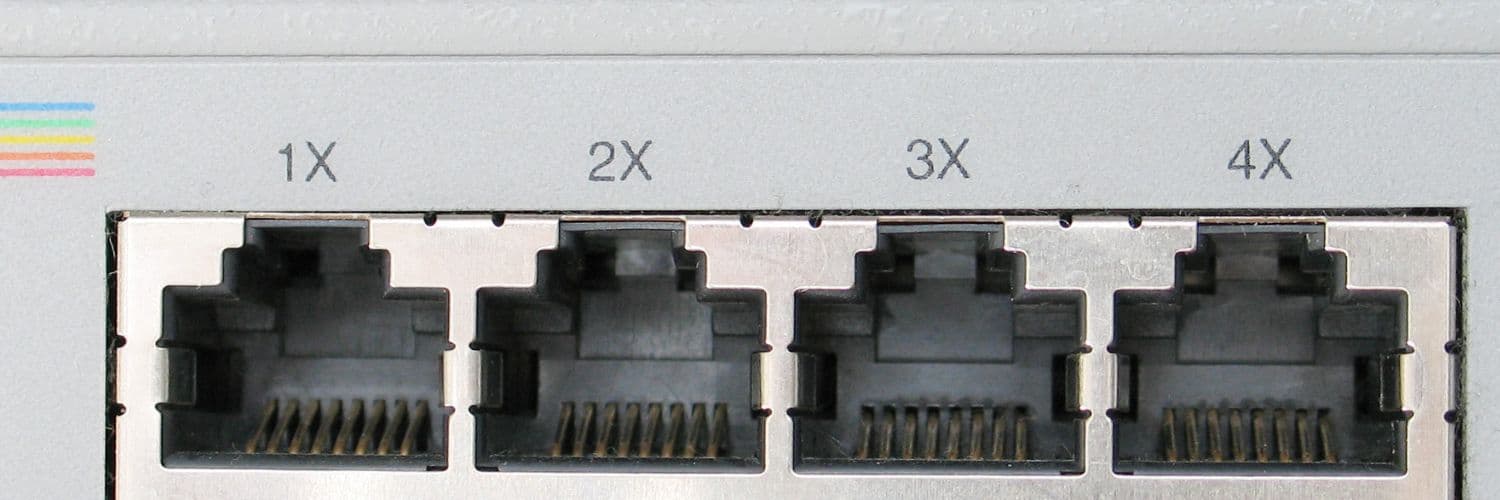For a business to sustain these days, it has to give two things major importance – cost reduction, and efficiency checkout.
But did you know there’s one overlooked area?
This area actually has a significant impact on both these goals. And that’s network inventory management!
By keeping a close eye on the devices and resources connected to the network, businesses can identify inefficiencies. They can eliminate redundancies. And more importantly, they can optimize their infrastructure. Let’s dive in, to explore what’s more in the box:
Why is Network Inventory Management Important?
In simpler words, it helps your network infrastructure to operate smoothly.
It simply tracks all your devices. It understands the application and resources – whatever is connected to your network. For that matter, it even checks out servers, routers, switches, and software licenses.
The business gets a detailed view in their network inventory. So, how’s that helpful? It actually helps them make informed decisions about resource allocation. They can even do capacity planning, and think of upgrades easily.
Problems come in when there’s no proper inventory. Some major ones are – overprovisioning, underutilization of resources, and inefficient troubleshooting.
What all these leads to?
Increased costs, decreased productivity, and major security issues.
Some Benefits of it
To get into the lines, there are multiple benefits of it. However, the major ones are:
- Businesses can save massive dollars. Reason being, over here they get a clear understanding of the devices and resources. They can identify and eliminate unnecessary equipment easily. Also they can check out for licenses or services, if not needed, to eliminate further. If done, there will be no further need for additional maintenance, support, and licensing costs which might be associated with underutilized or unused resources.
- Next comes efficiency. It helps businesses to optimize the performance and efficiency of their network infrastructure. It simply monitors the utilization performance of devices and resources. Then businesses can identify bottlenecks, if any. After that one can even optimize network traffic, and check out that resources are allocated properly. All of this altogether improves network performance and reduces downtime.
- Lastly comes proactive troubleshooting. It takes the proactive way to identify and address potential issues. It monitors device health, software versions, and firmware updates. With this, it ensures that your network is running on the latest patches and security updates.
What are the Challenges in it?
Every new implementation comes with benefits. But let’s not forget the challenges. Even with inventory management, some common challenges are:
- Least Visibility: Since many businesses don’t have a centralized and accurate network inventory – they often struggle to explore their network infrastructure. Hence issues like inefficient resource allocation, underutilization of assets, and difficulties in troubleshooting and capacity planning are some issues which might incur often.
- Difficult Processes: A lot of businesses, till date, rely on manual processes. They still prefer spreadsheets or physical documentation for managing their network inventory. These processes are time-consuming and obviously prone to errors. The more the network grows, complexity also increases.
What are the Major Components of it?
- Asset Discovery: Initially the system should have the capability to automatically find and keep a track of all devices connected to the network. This includes both – physical devices and virtual assets.
- Configuration Management: Next, the system should be able to provide visibility into the configuration details. For example, firmware versions, software licenses, and hardware specifications. Reason being, all this information is important for proper troubleshooting.
The system lastly should also be able to track and document changes. All the differences, including device additions, modifications, or removals – should be listed out.
What Are Some Best Practices for Network Inventory Management?
Your network inventory management system must be successful. That’s why consider the following best practices:
- Automate Inventory Discovery: Know that, manual inventory discovery processes are time-consuming. And are prone to errors. Hence make sure to invest in an automated inventory discovery tool.
- Regularly Update Inventory: We all know networks are dynamic. Multiple devices and resources are being added or removed regularly. Hence make it a practice to regularly update your inventory and see that information is checked often.
- Implement Change Management Processes: Try establishing a very clear change management process. This will allow you to track and document changes made to the network infrastructure.
- Integrate with Other IT Systems: Lastly, consider integrating it with other IT systems. For example, ticketing systems or configuration management databases. This single step itself will streamline workflows and you will definitely see a reduction in working hours.
Steps to choosing the right network inventory management solution:
Make sure to go through the complete steps below to select the right network inventory management solution:
- Check out that the solution can handle the size and complexity of your network infrastructure. It should be able to scale as your network grows.
- Choose a solution that is user-friendly and easy to navigate. With this, your team can actually quickly adopt and use the system properly.
- Always consider the compatibility. If you have any existing IT systems, test their integration capabilities. You can do it with the ticketing systems, configuration management databases, or any other tools.
Lastly, make sure to always evaluate the level of support provided by the solution vendor. So are you ready for the future? Implement it right away, and do let us know your experiences!













